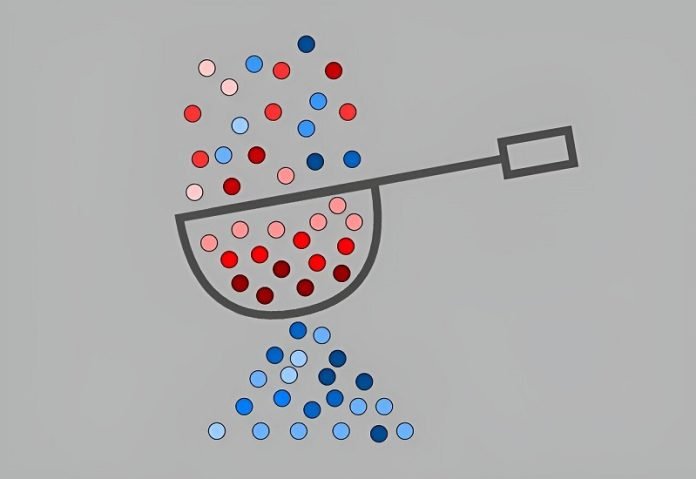
Imagine a super busy kitchen where the chef quickly needs to find ingredients.
To make cooking faster, the chef keeps the most-used spices and tools within arm’s reach.
This is a bit like what computer scientists have just achieved with something called a web cache, but in the world of computers.
A web cache is a special place in a computer system where it keeps information that people ask for a lot.
Think of it like a chef’s favorite spices and tools. But there’s a catch: this special place can’t hold everything, so the computer needs to be smart about what it keeps there and what it throws out to make room for new stuff.
Enter SIEVE, a brand new and super simple idea from smart folks at Emory University, Carnegie Mellon University, and the Pelikan Foundation.
They’ve created a new way for computers to decide what to keep in their cache and what to throw out. It’s so simple yet works so well that it’s making computer experts really excited.
Yazhuo Zhang, a Ph.D. student at Emory and one of the brains behind this project, says SIEVE is more than just their team’s work.
It’s getting better because many people are giving ideas, thanks to it being open-source. This means anyone can use and improve it!
Zhang and his colleague Juncheng Yang, who studied at Emory and is now at Carnegie Mellon, are leading this project. Their professor, Ymir Vigfusson, and a couple of other experts are helping out too.
What makes SIEVE so cool? Its simplicity. The simpler something is, especially in computers, the easier it is to use and fix.
This is important because web caches need to be super quick and handle lots of requests from people all over the world in a flash.
Here’s a fun way to think about it: Imagine you have a closet where you keep your clothes. If you don’t wear something for a long time, you might move it to the attic or donate it. This way, your favorite clothes are always easy to find. A web cache works like this, but for computer data.
In computer language, the stuff we use a lot and want to keep in the cache is called “hot objects”. By keeping these hot objects in the cache, the computer can give us what we want really fast, just like grabbing a favorite shirt from the top drawer.
Now, the way computers decide what to keep in the cache and what to throw out has always been a bit tricky. Older methods, like FIFO (“first-in, first-out”) or LRU (“least recently used”), are like having rules for how to arrange your closet, but they can get complicated.
SIEVE, however, is changing the game with its simplicity. It’s like having a really easy and effective way to decide what stays in your closet and what goes, making sure your favorite items are always at hand.
This invention is a big deal because almost every website and online service uses a cache. And until now, figuring out the best way to manage this cache hasn’t been given much attention. But thanks to SIEVE, this is all changing, making the internet faster and more efficient for everyone.



